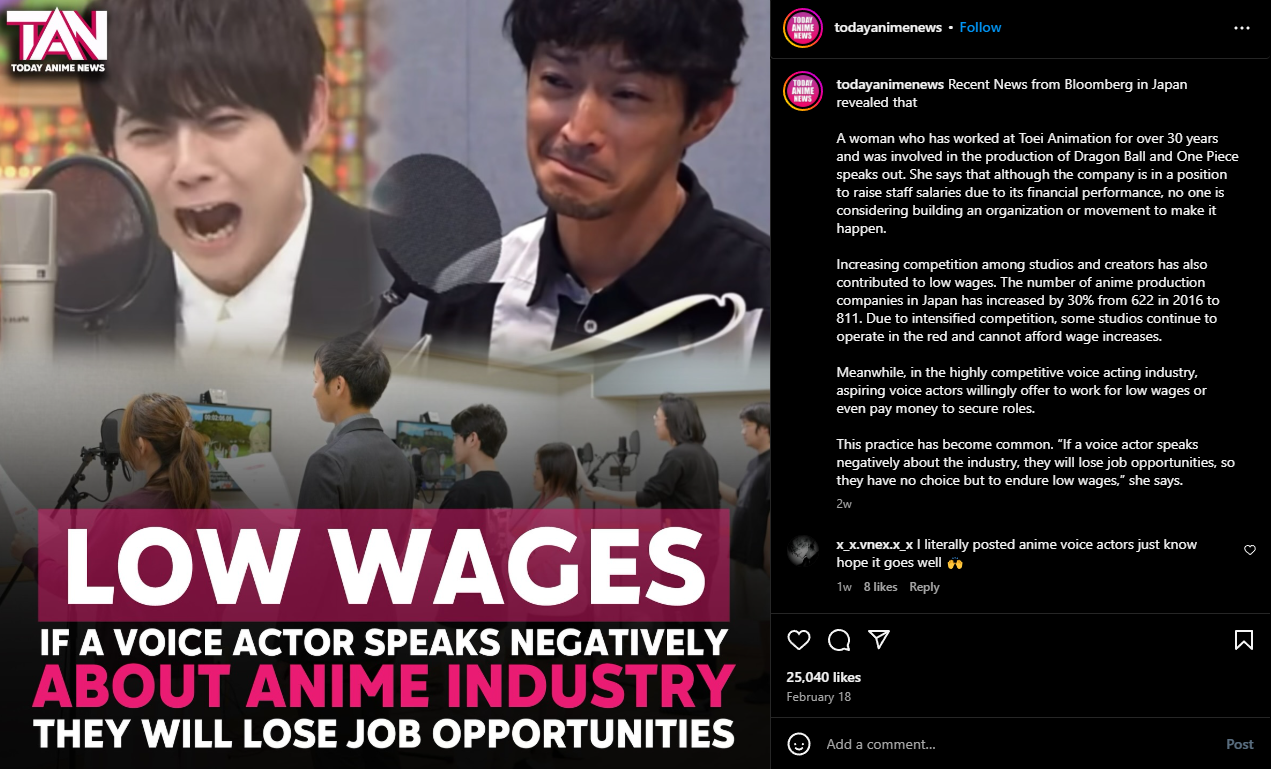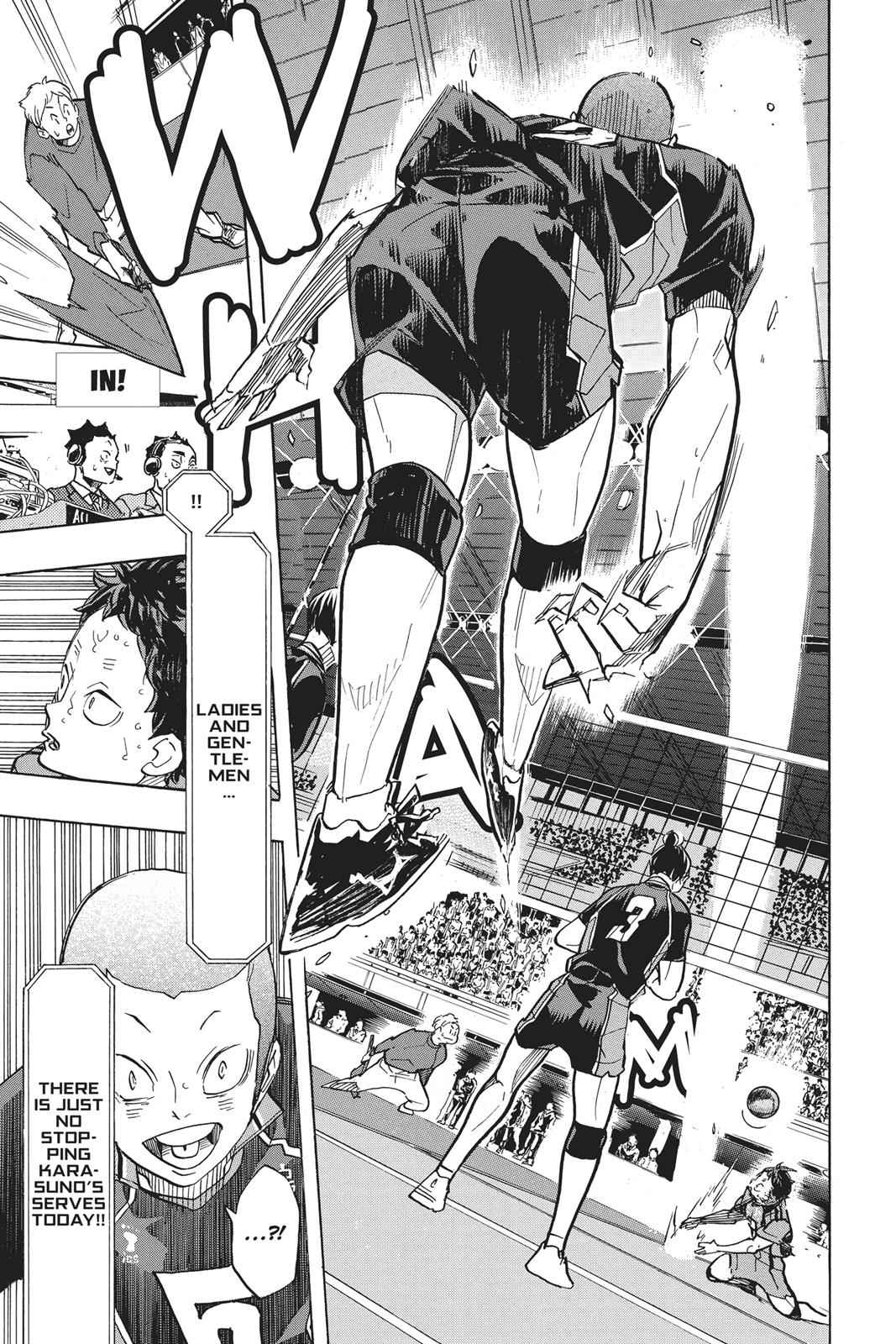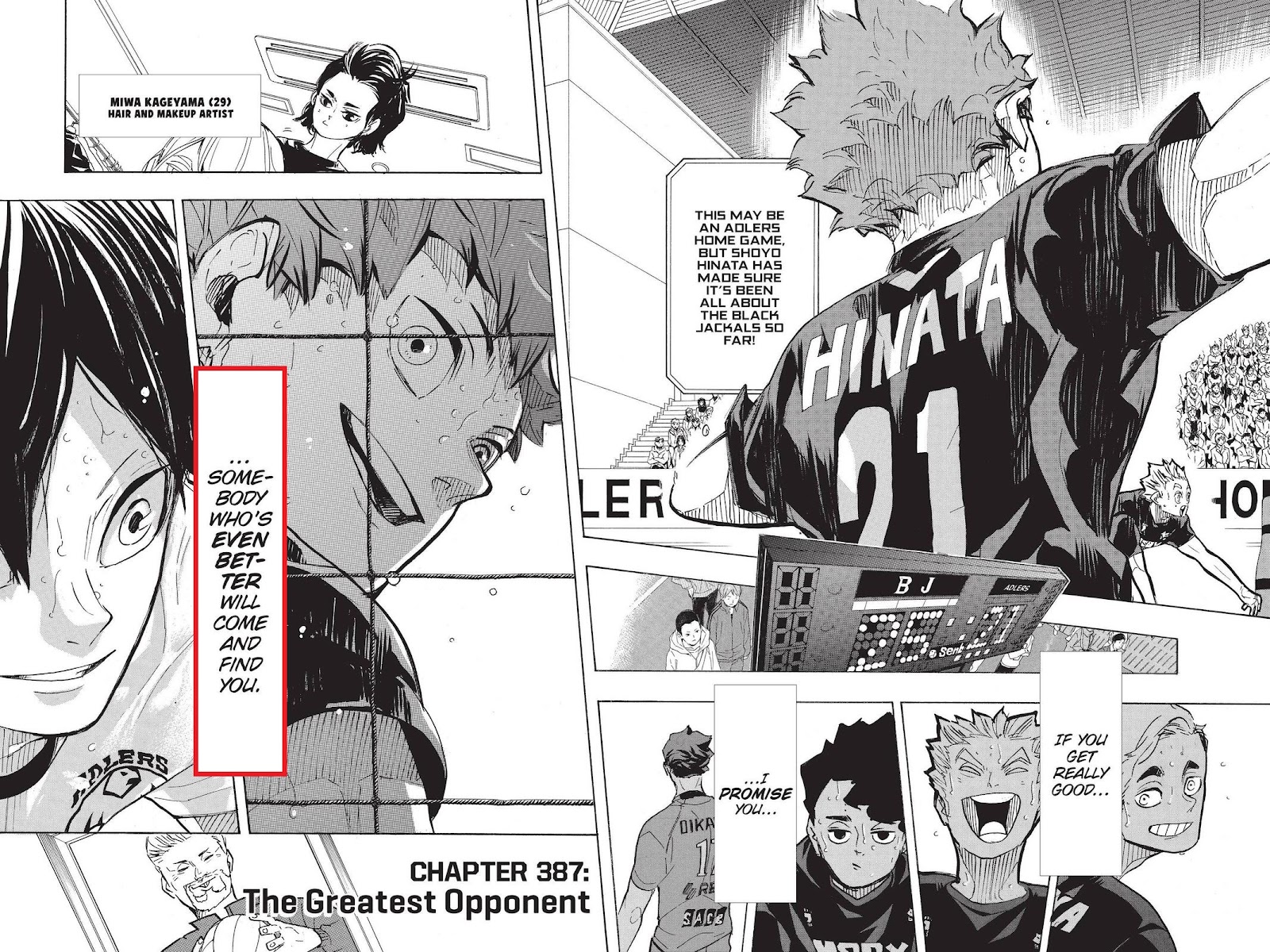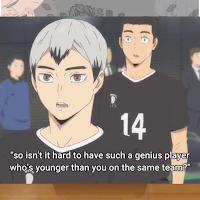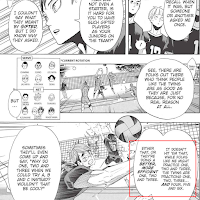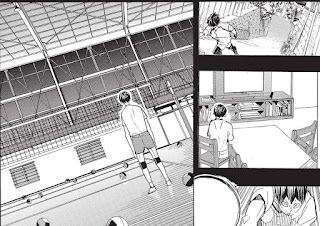You think you know Haikyuu!!? The manga tells a different story.
"The Haikyuu!! anime is amazing, but it HIDES a secret story only manga readers know."
Many of you may have dedicated yourselves to being anime-only fans rather than manga readers.
With busy lives, it's easier to just watch the anime rather than go through the effort of reading a panel-by-panel depiction of a volleyball world that isn't as simple as a romance or kids' manga.
Not to mention, Furudate-sensei’s storytelling often feels like a mystery wrapped in a sports genre—once we notice the hints, it feels like uncovering a hidden truth.
Here are the reasons why reading the manga is a must:
1. Unadapted Content
From The Dumpster Battle (which was a great movie, by the way), we can see that the film doesn’t cover everything from the manga. This greatly impacts our understanding of character development. Anime-only viewers might not mind, but for manga readers, it’s disappointing when crucial scenes they’ve been anticipating remain unanimated.
This is likely a growing trend, as the animation industry struggles with low wages, including for voice actors. Limited budgets force adaptations to make cuts.
Even Furudate-sensei himself has mentioned in interviews that he doesn't always like how the anime handles his story because he understands that manga and anime are two different businesses.
If anime-only viewers rely solely on the anime, they end up appreciating the animators’ work while missing the full depth of the original author’s storytelling.
For example, imagine seeing Tanaka practicing his jump serve seriously, only for his only service ace to never be animated. We miss seeing his efforts pay off.
2. More Detailed Storytelling
This should come as no surprise—Furudate-sensei’s writing is filled with detailed storytelling that provides deeper insights into characters' thoughts, emotions, and strategies.
For instance, in the anime, Kageyama and Hinata’s incredible plays are showcased, but the anime skips Sugawara’s and Kenma’s monologues about Kageyama. These moments explain Kageyama’s growth and prevent the misconception that he is forever trapped in Hinata’s clutches, as Oikawa and Atsumu previously suggested.
3. Foreshadowing and Hidden Details
The manga contains subtle foreshadowing and small details that enhance the reading experience. This foreshadowing is most prominent in Kageyama’s storyline, even more so than in Hinata’s.
For example, there’s a scene where Kageyama recognizes the potential of Asahi’s “staying in the air longer” attack, but Hinata doesn’t grasp it at the time. Once Hinata finally understands, the anime doesn’t include a flashback to reinforce the moment. If animated, it would highlight Kageyama’s sharp analytical mind and deepen his impact as a character.
Another example is when Atsumu thinks he has figured out Kageyama’s plans—there’s a brief flashback in the manga showing Atsumu watching Kageyama during the Shiratorizawa match. This moment, which provides context for how Atsumu’s mind works, is left out of the anime.
Even reaction panels contain key messages. In The Dumpster Battle, Kuroo acknowledges Tsukishima’s high jump reach and is fully aware of Kageyama’s monstrous skill level. Kuroo rarely reacts to other setters; he acknowledges Kageyama more than Atsumu. This is why in the All-Star Match, he places Kageyama against Oikawa and Atsumu, showing his belief in Kageyama’s abilities.
4. Bonus chapter
Some bonus chapters are animated, but most are not. Don’t underestimate these chapters—many contain key details that make the main story events more understandable.
For example, Kageyama’s finger push-up training. While he isn’t the best at aerial settings, this training allows him to execute precise one-handed tosses using all five fingers. This detail also explains why his freak quick set is faster than Atsumu’s. He wasn’t born talented. He actively maintains and improves his technique through relentless effort.
5. The Feeling of Impact
Anime can make it easier to feel the emotions of the story, but it can also miss moments of significance.
For example, in the Inarizaki match, Kageyama’s rebound is given a large panel in the manga, signaling its importance. The anime doesn’t highlight it the same way, making the moment feel less impactful.
This applies to both anime-only viewers and manga readers alike. One of the remarkable aspects of Furudate-sensei's storytelling is how it captivates our emotions from the very first watch or read. For example, the phrase "someone even better" spoken by Kageyama's grandfather can be easily misunderstood. Even some manga readers initially interpreted it as "someone even better THAN him." It’s only upon rereading that they fully grasp the true meaning of the line.
For anime-only watchers, this initial misunderstanding often stems from their sympathy toward Oikawa's story. However, upon rewatching the season or paying close attention to certain scenes, it becomes clear that Oikawa actually has some advantageous situations over others.
6. The POV Difference
The new movie aims to cover everything from the manga. We might trust that since The Dumpster Battle was a faithful adaptation. However, due to perspective shifts, some moments that should have deeper meaning may just feel like a normal volleyball match.
For instance, Asahi’s “TOSS TO ME!” aura is a significant moment in the manga. Before this, Asahi rarely showed such eagerness. It’s a major step in his character growth, much like Tanaka’s aura before he executed his cross-shot in the Inarizaki match. The manga builds up to this moment, but in the movie, it may feel less emphasized, making anime-only viewers less aware of his development.
The worst-case scenario is that Asahi’s final big moment might be overshadowed by the focus on Hinata and Hoshiumi, just like how the movie skipped Kageyama’s “freedom” moment in the Nekoma match to focus on the Hinata-Kenma rivalry.
This point of view might not be a problem if you only want to watch Hinata, as he will undoubtedly get the spotlight as the main character. However, in the manga, Furudate-sensei treats every character as a main protagonist, meaning there are other characters whose stories are just as inspiring as Hinata’s—or even more so.
If we stopped at the end of the Inarizaki match and judged based on that alone, we might assume Hoshiumi is the truly talented one, just like a post I found on Instagram. However, manga readers would disagree because they know better—it’s not that simple. That’s why the title of "Little Giant" remains associated with Hoshiumi; it would be disrespectful to his years of effort in volleyball if he were to be overshadowed by Hinata, who had only been playing for less than a year.
Additional Notes
Manga readers understand that Haikyuu!! treats every character as a protagonist. Some fans prefer minor characters just as much as the main ones. Imagine an important panel showing a side character’s big moment, only for it to never be animated.
This is why manga and anime are two different businesses. Both the author and animators have a sense of ownership. Furudate-sensei owns the original idea, while animators put great effort into bringing the story to life, must adapt it within the constraints of time and budget. This sometimes results in important manga details being left out.
For instance, from Season 1, everyone calls Kageyama a “genius,” but in the manga (Chapter 338), Hinata challenges that notion, showing that Kageyama’s skill is hard earned, not innate. If this panel isn’t animated, anime-only fans may forever believe Kageyama is just a naturally gifted genius rather than someone who worked hard to improve.
When anime diverges from manga, it’s usually fine if the changes improve the story. But since Haikyuu!! is already a masterclass in storytelling; removing even a single panel can cause misunderstandings.
If important details aren’t animated, some fans won’t fully grasp Furudate-sensei’s intended message.
Conclusion
If you’re a Haikyuu!! Fan, I highly recommend reading the manga. Since it has long been completed, there has been more than enough time for fans to explore and understand the full story.
Beyond that, reading the manga is a form of appreciation for Furudate-sensei, who packed the story with hidden messages that some fans might otherwise miss in the anime.
So, to truly experience Haikyuu!! in its entirety, reading the manga is a must!
Which Haikyuu!! manga moment do you wish was animated?
